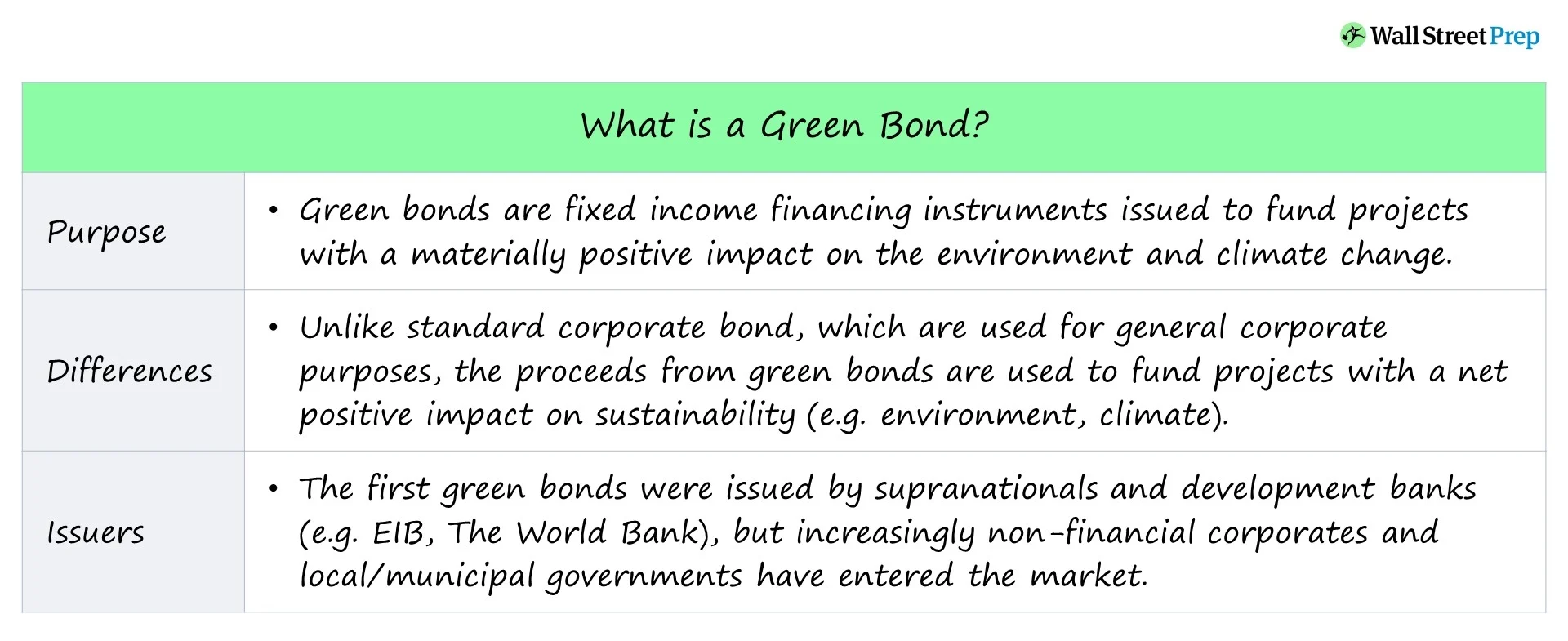Introduction
The global supply chain landscape is undergoing a profound transformation. Once defined by cost efficiency and global scale, supply chains are now being reshaped by a confluence of shocks and structural shifts. The COVID-19 pandemic and the war in Ukraine exposed vulnerabilities in long, complex, and geographically dispersed supply networks, prompting companies to rethink their global sourcing strategies. Layered onto this are escalating climate risks, regulatory pressures, and growing consumer demand for ethical and sustainable practices.
In this evolving context, sustainability is no longer just a moral imperative or regulatory checkbox—it has become a strategic differentiator. Green supply chains—designed to minimize environmental impact while maintaining operational efficiency and resilience—are emerging as a key source of competitive advantage. Companies that embed environmental, social, and governance (ESG) principles into the core of their procurement, logistics, and supplier engagement strategies are not only de-risking their operations but also future-proofing their brands.
The Rise of Scope 3 Emissions Accountability
One of the most challenging frontiers in sustainable supply chains is the management of Scope 3 emissions—those indirect emissions that arise from upstream and downstream activities in the value chain, including raw material sourcing, transportation, product use, and end-of-life disposal. According to CDP’s 2023 Global Supply Chain Report, supply chain emissions are on average 11.4 times higher than direct (Scope 1 and 2) operational emissions. This highlights the outsized impact—and opportunity—embedded in indirect emissions reduction.
Regulatory momentum is accelerating:
- The European Union’s Corporate Sustainability Reporting Directive (CSRD) mandates companies to provide detailed disclosures on Scope 3 emissions, forcing greater accountability across value chains.
- In the United States, the Securities and Exchange Commission (SEC) has proposed climate-related disclosure rules that may soon require public companies to report Scope 3 emissions, depending on their materiality and relevance to investors.
In response, corporate leaders are taking proactive steps. Companies like Apple, Unilever, and Walmart now require their suppliers to measure, report, and reduce emissions. Supplier scorecards, carbon intensity benchmarks, and emissions-linked financing tools are becoming standard practice. For instance, Apple ties a portion of supplier contracts to environmental performance, while Walmart’s Project Gigaton incentivizes suppliers to cut emissions by a gigaton by 2030.
This wave of accountability is not just top-down—investors and consumers are also demanding transparency and decarbonization throughout the supply chain.
Supplier Audits and ESG Ratings Integration
To ensure suppliers meet rising expectations, firms are ramping up audits and embedding ESG ratings into procurement decisions. Traditional cost-based sourcing models are giving way to multi-criteria frameworks that assess labor practices, carbon intensity, water usage, and governance standards.
Third-party platforms like EcoVadis, MSCI, and Sustainalytics are playing a growing role in enabling data-driven procurement. These ESG scores influence contract renewals, pricing negotiations, and preferred supplier status.
Key enablers include:
- Blockchain for transparency: Technologies such as IBM’s Food Trust and Maersk’s TradeLens enable immutable, real-time tracking of products across the supply chain. These platforms ensure provenance, ethical sourcing, and compliance with sustainability standards.
- AI-driven risk assessment: Tools like Resilinc and Interos leverage artificial intelligence to monitor and predict disruptions from climate change, labor violations, or geopolitical instability—empowering companies to respond proactively.
According to a 2023 McKinsey report, 60% of procurement leaders now factor ESG performance into supplier selection. This marks a paradigm shift from the previous “lowest cost wins” mentality toward a more holistic, risk-adjusted approach.
Nearshoring vs. Reshoring: The Localization Debate
In parallel with the ESG push, companies are re-evaluating the geography of their supply chains. The dual shocks of the pandemic and global conflicts have accelerated nearshoring (moving production closer to demand) and reshoring (bringing production back to the home country). These trends offer not just resilience benefits, but also potential sustainability gains through reduced transportation distances and carbon emissions.
Benefits of supply chain localization include:
- Lower carbon footprints from reduced reliance on global shipping and aviation.
- Increased supply chain resilience by limiting exposure to fragile trade corridors or politically unstable regions.
- Faster response times and reduced lead times, enhancing customer satisfaction and inventory management.
Notable examples:
- Tesla’s Gigafactories in Texas and Germany are strategic moves to localize battery and EV production, reducing dependence on China-dominated supply chains.
- Siemens and Bosch are scaling operations in Eastern and Western Europe to improve supply continuity and reduce logistics emissions.
However, the green credentials of reshoring are not guaranteed. Developed markets often have higher labor and energy costs, and unless these energy inputs are renewable, the overall emissions impact may be unfavorable. A 2022 BCG study introduces the concept of “friend-shoring”—sourcing from politically aligned countries with shared values and robust ESG frameworks—as a middle ground between global efficiency and regional resilience.
Conclusion: Sustainability as a Strategic Imperative
As global supply chains fragment and adapt to a multipolar, climate-impacted world, companies must carefully balance resilience, efficiency, and sustainability. Green supply chains are not a luxury or a future goal—they are now essential for license to operate, access to capital, and long-term growth.
Key strategies for businesses moving forward:
- Mandate Scope 3 disclosures across the supply base and integrate them into contract terms.
- Leverage digital tools like AI, blockchain, and ESG ratings to enable real-time transparency and decision-making.
- Evaluate localization strategies not just on financial cost but on holistic carbon impact and strategic alignment.
Firms that embrace sustainability at the heart of their supply chains will unlock multiple forms of value—regulatory compliance, operational resilience, investor confidence, and consumer loyalty. In a fragmented and uncertain world, the green supply chain is not just a moral choice—it is the next frontier of competitive advantage.
References
- CDP. (2023). Global Supply Chain Report 2023.
- McKinsey & Company. (2023). The State of Procurement and Supply Chain Sustainability.
- BCG. (2022). Resilience in a Fragmented World: Supply Chain Strategies Post-2020.
- IBM. (2023). Blockchain for Sustainable Supply Chains.
- EU Commission. (2023). Corporate Sustainability Reporting Directive (CSRD) Guidelines.
- Walmart. (2023). Project Gigaton Progress Update.
- Resilinc. (2023). Supply Chain Risk Trends and Technology Tools.





